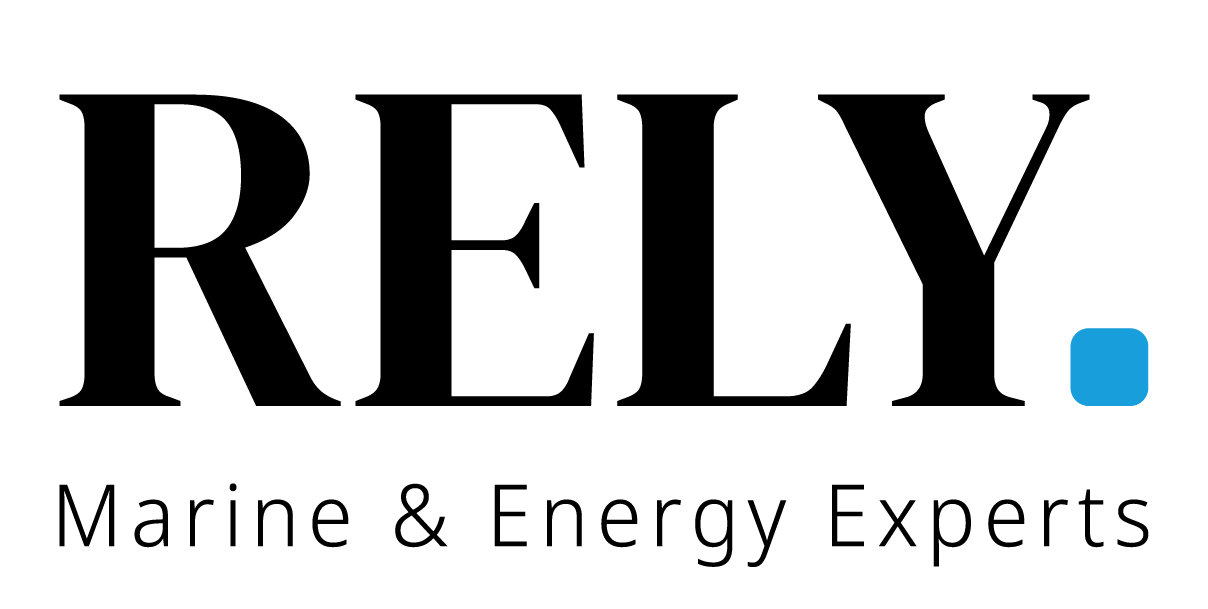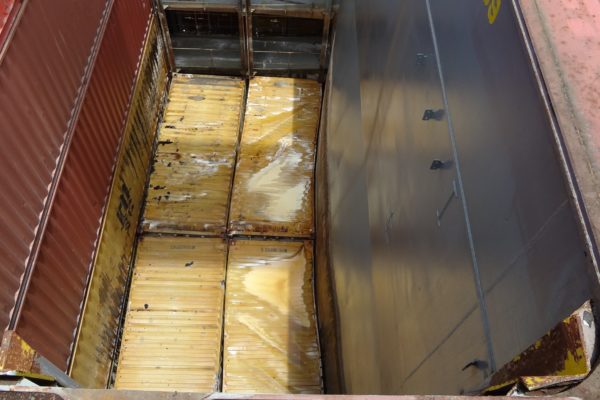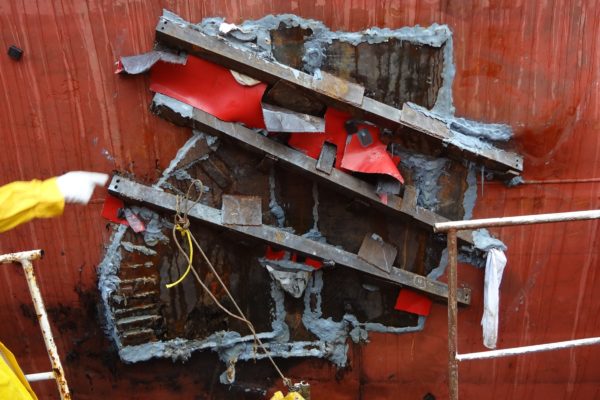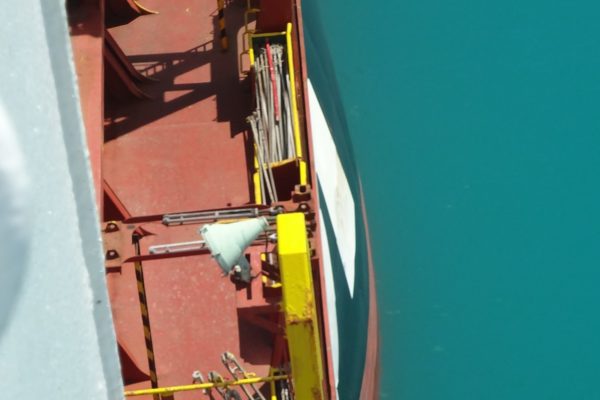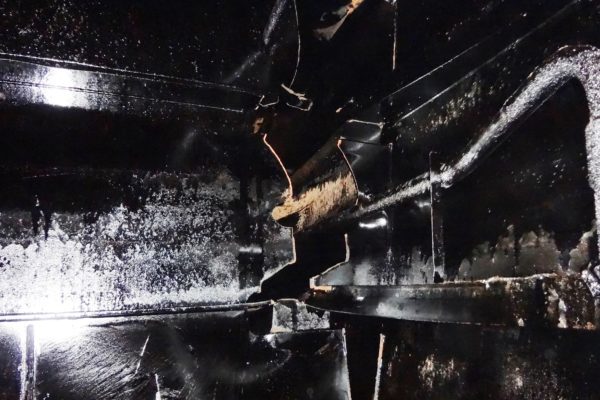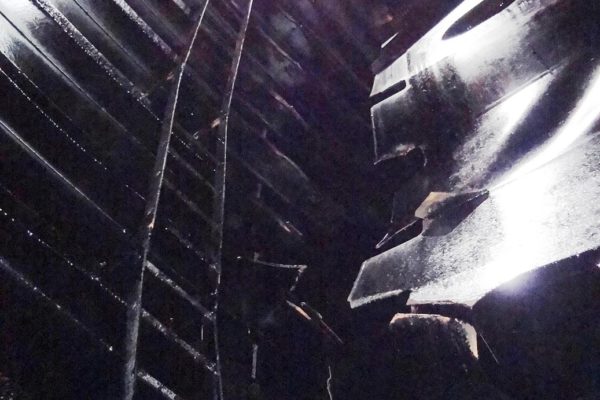A 900-foot-long container vessel departed the Cristobal port in Panama in laden condition en route to Barcelona, Spain.
When the vessel was approximately 60 nautical miles north of San Juan, Puerto Rico, the welder, as per scheduled maintenance, was cutting, by means of oxygen cutter, the rail of the lashing bridge platform located on starboard side between cargo hold no. 4 and 5, when, suddenly, an explosion occurred.
As a result, the container ship suffered damage located at the vessel‘s starboard side. The shell was breached resulting in water ingress and suffered a swelling in correspondence of fuel oil tank no. 5. The damage to the starboard shell plating and longitudinal bulkhead between cargo hold no. 5 and fuel oil tank no. 5 with internal structure was located horizontally about 30 meters between frames 107 and 118 and vertically about 13 meters down from about 4,5 meters below main deck. The damaged compartments in the area were the no. 5 starboard fuel oil tank and nos. 5 and 6 cargo holds and involved buckling, detachment and fracturing of the internal structure.
The vessel began to list by starboard, but the crew was able to bring the flooding under control. Coast Guard in Sector San Juan was notified of the emergency through Digital Selective Calling followed by Mayday VHF radio transmissions received from the vessel. The Coast Guard launched an immediate response sending a 45-feet Response Boat Medium from San Juan and MH-65 helicopters from Boriquen to assess the situation. The responding Coast Guard Search and Rescue units determined no immediate threat was present and were replaced at night by the Coast Guard Cutter’s tugs, which remained on scene with the vessel, ready to provide rescue assistance while monitoring the situation. A commercial salvage team was, in the meantime, arranged by the Owners to completely assess the condition of the vessel and determine the best course of action.
After having transferred the fuel from the affected fuel oil tanks, a divers team applied “Hydro Active Cut” and magnetic patch in way of the three hull breaches and structural crossmembers were welded in way of lower breach as repair reinforcement. After vessel stability & strength condition calculations having been checked, the vessel was allowed to reach Freeport, Bahamas.
After a deep investigation, it was cost effective carrying out temporary repairs and moving the box ship to Turkey. The 2.049 containers, therefore, were landed and, afterwards, the vessel moved to repair lay berth at Grand Bahama Shipyard Ltd. Tightening of shell cracks by means of doubler plates as well as tightening of crack in way of inner longitudinal bulkhead between cargo hold no. 5 and fuel oil tank no. 5 were carried out, additional structures were placed in way of the longitudinal bulkhead, the fuel oil tank no. 5 starboard side shell and inside the fuel oil tank no. 5 starboard. Cargo hold no. 5 was partly flooded to provide hydrostatic balance to the damaged plating of the cargo hold and the shipside. Further, 20 empty 40’ containers were also loaded to minimise the sloshing effect in the hold.
The vessel, then, moved to Gemak Shipyard in Turkey where the permanent repairs were performed replacing about 300 tons of steel leading the claim to a total of about 6,000,000 USD.
As far as the cause of the accident is concerned, we assessed that the welder, during cutting the rail of the lashing bridge platform, placed in a wrong way the fire blank on the fore air vent of fuel oil tank no. 5, leaving the small metal residues resulted by oxygen cut to fall down close to the mentioned vent.
